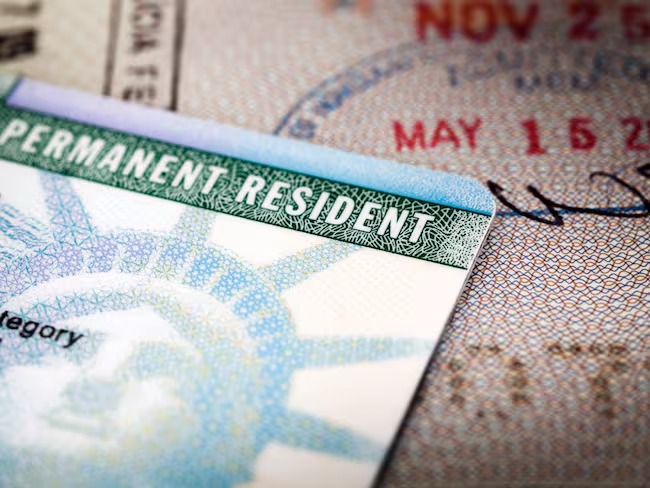Navigating the green card application process and understanding how to apply for refugee status in the U.S. can be daunting. This comprehensive guide combines crucial information from the latest sources to help you through both processes.
Why the Green Card and Refugee Status Matter
Securing a green card or obtaining refugee status in the United States opens the door to new opportunities and stability. The green card grants permanent residency, paving the way for citizenship, while refugee status provides protection and a path to eventual permanent residency. Let’s dive into the steps and requirements for both.
Who Can Apply for a Green Card?
There are several eligibility categories for obtaining a green card:
- Family-based Green Cards: Sponsored by a relative who is a U.S. citizen or green card holder.
- Employment-based Green Cards: Based on job offers and special skills.
- Special Immigrant Green Cards: For religious workers, juveniles, and other unique groups.
- Humanitarian Programs: For refugees, asylees, and victims of trafficking or crime.
Steps to Apply for a Green Card
Step 1: Filing a Petition
A sponsor, such as a family member or employer, must file a petition. In some cases, you can file on your own.
Step 2: USCIS Approval
The U.S. Citizenship and Immigration Services (USCIS) must approve the petition and ensure a visa is available.
Step 3: Biometrics Appointment
Attend a biometrics appointment to provide fingerprints, photos, and a signature.
Step 4: The Interview
An interview at a USCIS office or U.S. consulate will be conducted to review your application and background.
Step 5: Final Decision
After the interview, you will receive a decision. If approved, you will be issued a green card.
Required Forms and Documents
Depending on your category, you need specific forms:
- Form I-130: Petition for Alien Relative
- Form I-140: Immigrant Petition for Alien Worker
- Form I-485: Application to Register Permanent Residence or Adjust Status
Consular Processing vs. Adjustment of Status
- Consular Processing: For those outside the U.S., handled at a U.S. embassy or consulate.
- Adjustment of Status: For those already in the U.S., allowing them to stay during the process.
Tips for a Successful Application
- Ensure accurate completion of all forms.
- Prepare for biometrics and interview appointments.
- Keep necessary documents organized and accessible.
Applying for Refugee Status from Colombia
Who Qualifies for Refugee Status?
A refugee must be:
- Outside the United States.
- Of special humanitarian interest to the U.S.
- Not permanently resettled in another country.
- Eligible for U.S. admission.
Steps to Apply for Refugee Status
- Referral to USRAP: Receive a referral to the U.S. Refugee Admissions Program (USRAP).
- Interview Abroad: A USCIS officer will interview you to determine eligibility.
- Approval and Benefits: If approved, receive medical exams, cultural orientation, travel assistance, and initial aid upon arrival in the U.S.
Required Forms and Documents
- Form I-94: Arrival/Departure Record with refugee admission stamp.
- Form I-765: Application for Employment Authorization.
Path to Green Card
One year after arriving in the U.S., refugees can apply for a green card using Form I-485. There is no fee for this form, but a biometrics fee may apply.
Family Reunification
Refugees can petition for their spouse and unmarried children under 21 to join them in the U.S. using Form I-730.
Keep Reading
Looking for the best deals on Amazon products? Look no further! We have handpicked some of the most popular and top-rated products available on the platform. Click to see the collection.


